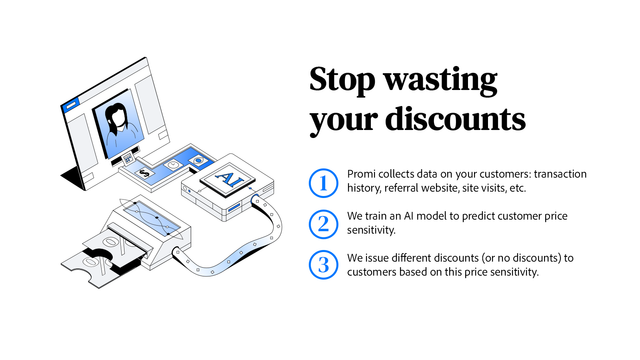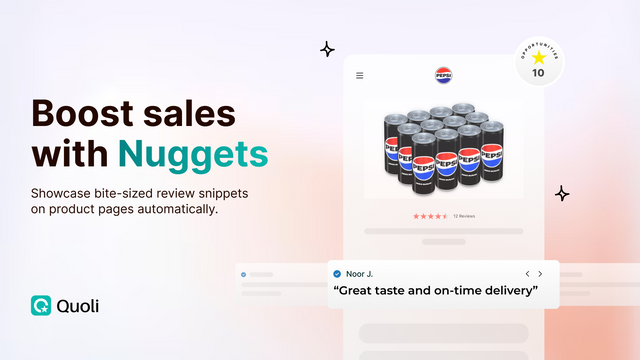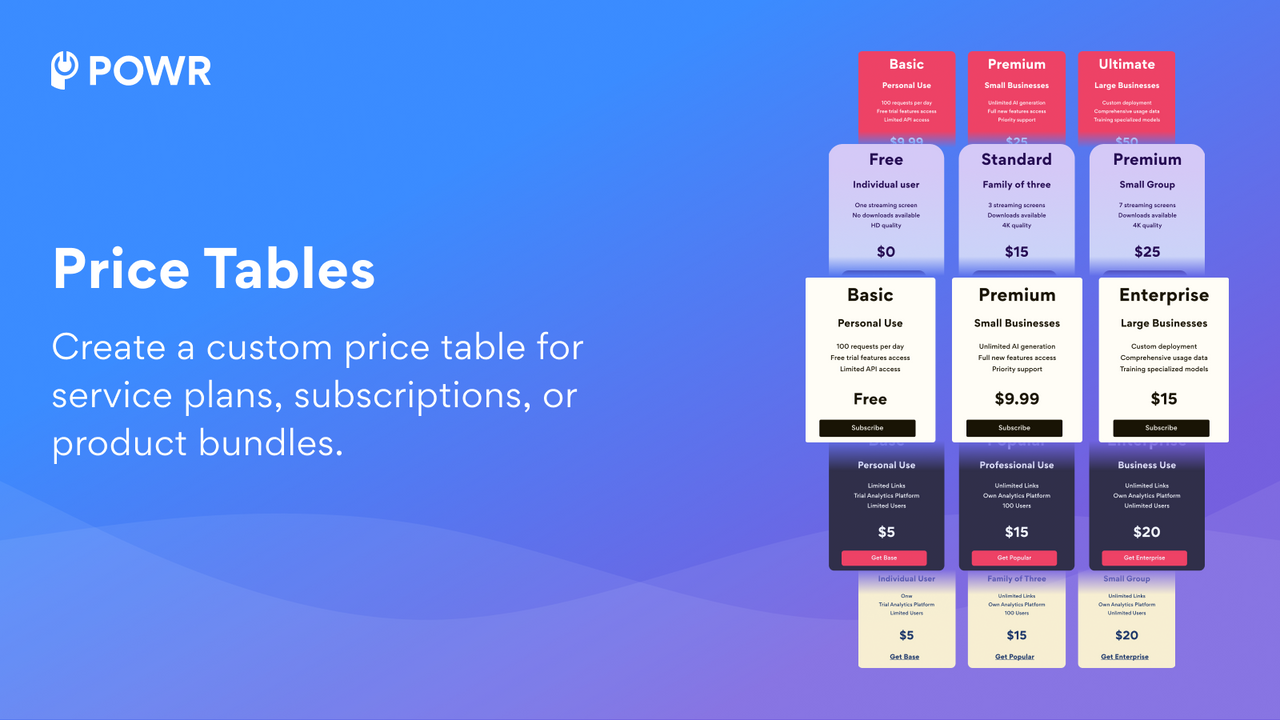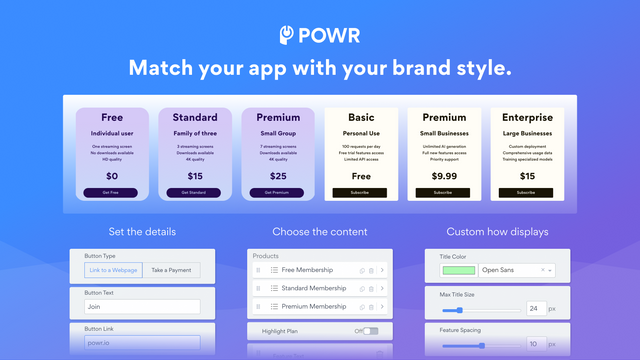Multi-channel selling has become increasingly important in today's competitive business landscape. In order to reach a wider customer base and maximize sales opportunities, businesses need to develop effective multi-channel selling strategies. This article will explore the concept of multi-channel selling, its benefits, and provide insights on building a successful multi-channel selling strategy.
Understanding Multi-Channel Selling
The concept of multi-channel selling refers to a strategy where businesses sell their products or services through multiple sales channels. These channels can include physical stores, online marketplaces, social media platforms, mobile apps, and more. By utilizing multiple channels, businesses can increase their visibility and accessibility to potential customers, ultimately driving more sales.
Expanding on the concept of multi-channel selling, it's important to note that each sales channel offers a unique opportunity for businesses to connect with customers. For example, physical stores provide a tactile shopping experience where customers can interact with products firsthand, while online marketplaces offer convenience and a wide selection of goods. Social media platforms allow for direct engagement with customers, building relationships and brand loyalty, while mobile apps provide on-the-go accessibility for quick and easy purchases.
The Concept of Multi-Channel Selling
Multi-channel selling involves creating various touchpoints for customers to interact with a brand. This can include browsing products online, visiting a physical store, or making a purchase through a mobile app. The goal is to provide customers with a seamless experience across different channels, enabling them to engage with the brand in a way that is most convenient for them.
Moreover, multi-channel selling is not just about offering different avenues for sales, but also about creating a cohesive brand presence across all channels. Consistent branding, messaging, and customer service are essential to maintaining a unified brand identity and building trust with consumers, regardless of the channel they choose to engage with.
Benefits of Multi-Channel Selling
One of the key benefits of multi-channel selling is the ability to reach a wider audience. By diversifying sales channels, businesses can tap into different customer segments and geographical markets. This can help increase brand awareness and attract new customers who may not have otherwise discovered the business.
Another benefit is the improved customer experience. With multiple channels available, customers have the flexibility to engage with the brand in a way that suits their preferences. This can lead to higher customer satisfaction and loyalty.
Furthermore, multi-channel selling can also provide valuable data and insights into customer behavior and preferences. By tracking customer interactions across different channels, businesses can gain a deeper understanding of their target audience, allowing for more targeted marketing strategies and personalized customer experiences.
Building a Multi-Channel Selling Strategy
Developing a multi-channel selling strategy requires careful planning and consideration. Here are key steps to consider:
Identifying Your Target Channels
The first step is to identify the channels that align with your target audience and business objectives. Conduct market research and analyze customer data to better understand where your target audience spends their time and how they prefer to shop. Focus on channels that are most likely to generate the desired results.
For example, if your target audience consists of tech-savvy millennials, social media platforms and mobile apps may be effective channels for reaching them. On the other hand, if you cater to an older demographic, traditional brick-and-mortar stores and online marketplaces may be more appropriate.
Another important aspect to consider when identifying target channels is the geographical location of your audience. If you have a global customer base, you may need to explore international e-commerce platforms or consider local marketplaces in different regions to effectively reach your target audience.
Aligning Your Brand Across Channels
Consistency is key when it comes to multi-channel selling. Ensure that your brand messaging, visual identity, and customer experience are consistent across all channels. This will help build trust and recognition among customers, regardless of the channel they choose to engage with your brand.
For example, use consistent branding elements such as logo, color scheme, and language across all channels. Provide the same level of customer service and ensure that the user experience is seamless, whether customers are shopping online or visiting a physical store.
Moreover, consider tailoring your brand messaging and visuals to suit the specific characteristics of each channel while maintaining overall consistency. For instance, the tone and style of communication on social media platforms may differ from that of your website or email marketing campaigns, but the core brand values should remain intact.
Key Components of Multi-Channel Selling
Successful multi-channel selling relies on several key components that businesses need to address. These include:
Inventory Management Across Channels
Effective inventory management is crucial in multi-channel selling. You need to ensure that your stock is accurately tracked and synchronized across all channels. This will help prevent overselling or stockouts, leading to customer dissatisfaction. Utilize inventory management software or integrate your channels to streamline this process.
Moreover, implementing a robust forecasting system can aid in predicting demand fluctuations and adjusting your inventory levels accordingly. By analyzing sales data and market trends, you can optimize your stock levels to meet customer demand while minimizing excess inventory costs. Additionally, establishing relationships with reliable suppliers and implementing just-in-time inventory practices can further enhance your inventory management strategy.
Consistent Customer Experience
Delivering a consistent customer experience is vital in multi-channel selling. Customers should have a similar experience, regardless of the channel they choose to interact with your brand. Ensure that your customer service is responsive and knowledgeable across all channels. Provide consistent product information, pricing, and promotions to avoid confusion or discrepancies.
Furthermore, personalizing the customer experience can set your brand apart in a competitive multi-channel environment. Utilize customer data and insights to tailor recommendations and communications based on individual preferences and purchase history. Implementing omnichannel marketing strategies that seamlessly integrate online and offline touchpoints can also enhance the overall customer experience and foster brand loyalty.
Overcoming Challenges in Multi-Channel Selling
While multi-channel selling offers numerous advantages, it also presents challenges that businesses need to overcome. Here are a few common challenges:
Managing Channel Conflicts
With multiple sales channels, there is a potential for channel conflicts. For example, if a customer finds a product at a lower price on one channel compared to another, it can create confusion and harm your brand reputation. To manage channel conflicts, ensure that your pricing and promotions are consistent across all channels. Implement price-matching policies to maintain fairness and transparency.
Ensuring Data Consistency
Data consistency is essential for effective multi-channel selling. Ensuring that customer data, order information, and inventory status are accurate and up to date across all channels is crucial. Implement a robust data management system that synchronizes data in real-time to avoid discrepancies and provide a seamless experience for customers.
Another challenge in multi-channel selling is maintaining brand consistency. With different channels come different audiences and messaging opportunities. It's important to ensure that your brand identity, voice, and values remain consistent across all channels. This consistency helps build trust and loyalty among customers, regardless of where they interact with your brand.
Optimizing Customer Service
Providing excellent customer service across multiple channels can be a daunting task. Customers expect the same level of service whether they are shopping in-store, online, or through social media. Implementing a unified customer service strategy that integrates all channels can help streamline communication and ensure a consistent experience for customers. Utilize customer relationship management (CRM) tools to track interactions and provide personalized support.
Measuring Success in Multi-Channel Selling
Measuring the success of your multi-channel selling efforts is essential to identify areas for improvement. Here are key performance indicators (KPIs) you should consider:
Key Performance Indicators for Multi-Channel Selling
- Sales Revenue by Channel: Monitor how much revenue each channel generates to identify the most profitable channels.
- Customer Acquisition Cost (CAC) by Channel: Measure the cost of acquiring customers through different channels to evaluate their effectiveness.
- Conversion Rate by Channel: Track the percentage of visitors that convert into customers for each channel to assess their performance.
- Customer Lifetime Value (CLV) by Channel: Determine the long-term value of customers acquired through different channels to prioritize resources accordingly.
Continuous Improvement in Multi-Channel Selling
Multi-channel selling is not a one-time effort but an ongoing process. Regularly evaluate your strategy, monitor performance metrics, and seek feedback from customers to identify areas for improvement. Stay up to date with industry trends and embrace new technologies that can enhance your multi-channel selling efforts.
One important aspect of multi-channel selling is the ability to adapt to changing customer preferences. By closely monitoring customer behavior and preferences, you can identify emerging trends and adjust your strategy accordingly. For example, if you notice a surge in mobile purchases, you can optimize your mobile channels to provide a seamless shopping experience for your customers.
Another factor to consider is the importance of customer engagement across different channels. It's not just about making sales, but also about building relationships with your customers. By actively engaging with customers on social media platforms, responding to their queries and comments, and providing personalized recommendations, you can foster loyalty and increase customer satisfaction.
In addition, it's crucial to analyze the performance of your competitors in the multi-channel selling landscape. By keeping an eye on what your competitors are doing, you can gain insights into industry best practices and identify potential areas of improvement for your own strategy. This competitive analysis can help you stay ahead of the curve and ensure that your multi-channel selling efforts remain relevant and effective.
In conclusion, effective multi-channel selling strategies can significantly contribute to the success of businesses in today's digital age. By understanding the concept of multi-channel selling, building a comprehensive strategy, and addressing key components and challenges, businesses can create a seamless customer experience, reach a wider audience, and maximize sales opportunities. Regularly measuring success, continuously improving strategies, adapting to customer preferences, engaging with customers, and analyzing competitors are all crucial elements for long-term success in multi-channel selling.
Ready to elevate your Shopify store with the right tools and apps? Let Owlmix be your guide in this multi-channel selling journey. With a diverse range of Shopify apps curated under various categories, Owlmix is the perfect starting point to enhance your online business. Whether you're looking to improve sales, marketing, inventory management, or customer engagement, our wise mascot Owlfred is here to assist. Embrace the wisdom of Owlfred and find your next Shopify app to ensure your multi-channel strategy is not just effective, but exceptional. Join Owlfred and make your e-commerce experience take flight!

















